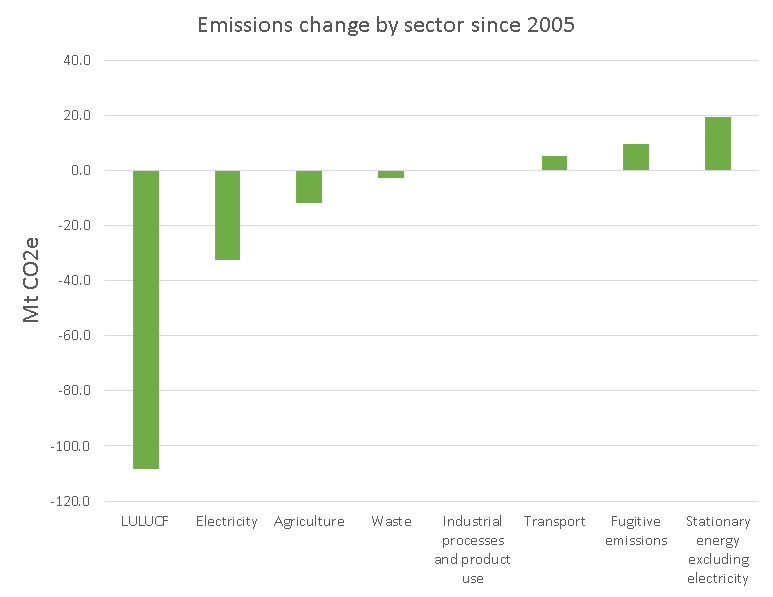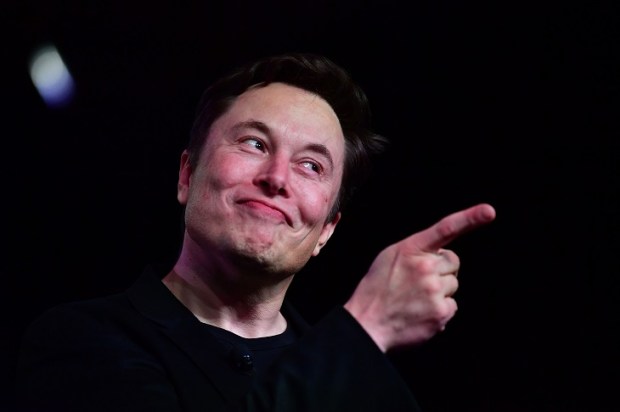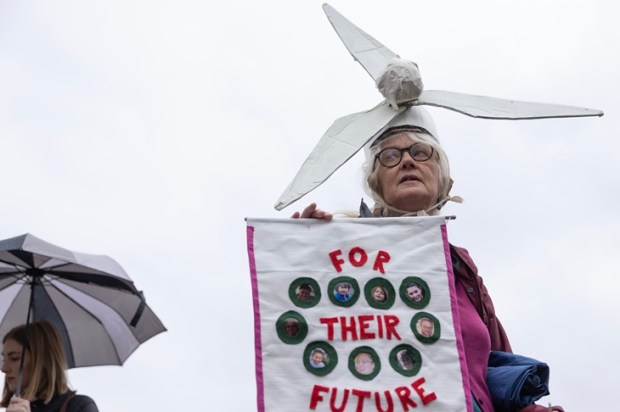Australian energy policy is rapidly evolving from expensive virtue signalling to actual disaster.
After narrowly scraping through the federal election with 77 of 151 seats, the government has implemented several measures designed to accelerate emissions reduction well beyond existing targets.
In 2016, the Turnbull government ratified the original Paris Agreement with a 28 per cent target for 2030. The Albanese government has increased that commitment to 43 per cent, but with only half the time left to attain it. Considering the financial and environmental costs involved in attempting to meet even the 28 per cent target, accelerating emissions reduction over a shorter duration will be extremely difficult.
And difficult means expensive.

Source: ALP election campaign modelling
Rewiring the Nation is an emissions reduction plan announced early on, comprising a new $20 billion bureaucracy dedicated to forcing transmission lines through farmers’ paddocks. For context, the State of the Energy Market report values the entire east coast transmission grid at $21.7 billion. The last $20 billion dollar government project was the NBN, which ended up costing double that (and counting).
AEMO’s much-vaunted Integrated System Plan – supposedly the ‘least regret’ solution to achieving incredibly high renewables outcomes – is now completely irrelevant, with ISP projects brought forwards by as much as two decades. Instead of three projects completed by 2030, an ambitious nine new transmission lines are pledged to be completed in the same timeframe.

Source: ALP election campaign modelling
Another early promise is an 82 per cent renewables target imposed on the crumbling electricity system — a system fragmenting into smaller weather-dependent generators that is rapidly shrinking the margin between a stable grid and blackouts. With the National Electricity Market already on life-support, the outlook for low cost and high reliability is grim.
Billions of dollars worth of perfectly functional power stations are being deliberately run down and closed early. The physics of electricity generation remains unchanged, so replacing these shuttered generators will require alternatives — synchronous condensers and grid-scale batteries; demand management and virtual power plants; curtailing wind and solar; five-minute settlement and emergency reserves; and, of course, lots more transmission lines.
Following the State of the Environment report, the government is flagging further restrictions on agriculture and logging, while presumably (and hypocritically) easing controls on land clearing to accommodate more wind and solar farms. Meeting promises on electric vehicles will propel societal inequities, benefiting only those willing and wealthy enough to fund an electric vehicle.
One doesn’t have to look far for an example. Appearing on the RenewEconomy podcast, Energy Minister Chris Bowen lauded his free charging at Parliament House, while bemoaning the lack of charging infrastructure between Sydney (home) and Canberra (work). Apparently, Bowen cannot drive to Canberra and then return to Sydney within 24 hours; a limitation of his electric vehicle.
Bowen has promised to install fast chargers at his workplace and at 150 km intervals on highways, and to swap the federal vehicle fleet (some 10,000 vehicles) to electric. Expect the second-hand vehicle market to be inundated with ex-government electric vehicles every three years. The reality is an electric vehicle subsidy is a subsidy for the wealthy. The taxpayer thanks Mr Bowen for his personal carbon sacrifice.
So where is the carbon squeeze going to hit? Which industries and businesses will feel the puritan pinch from our increasingly UN-aligned political elites? Emissions reduction is a mechanism to implement de-growth across the entire economy.

Source: industry.gov.au
Emissions reductions in land use (108 Mt), electricity (32 Mt), and agriculture (12 Mt) have done the heavy lifting to date, but several industry sectors have increased emissions in the sixteen years since 2005. Along with population, the world’s demand for fossil fuels, fertilisers, and food is likewise increasing.
The raw materials necessary to supply the solar panels, wind turbines, batteries, electric vehicles, and transmission lines will massively increase mining. That translates to enormous increases in energy consumption, not only in extraction, processing, and transport, but also in the conversion of these materials into their final products. However, none of this seems to matter with these extra ‘necessary’ emissions being offset somewhere, somehow. Are they counted in the total reduction plan? Who knows.
The NGER register’s top 20 businesses by emissions account for over 200 Mt, almost half today’s national emissions total. These businesses are exclusively electricity generation, resource, and energy companies. Aviation is the only other industry that makes it into the top 50. The existing ‘safeguard mechanism’ cuts in at 0.1 Mt, above which a business is required to fund negative emissions (outsourcing overseas, planting trees, adopting renewables or green hydrogen, etc.) or simply reduce their carbon footprint by downsizing.
Mines, electricity generators, gas companies, beef farmers, fertiliser manufacturers, aluminium smelters – value-adding businesses that keep the country running – are destined for increased overheads. They are enduring inflation, wage growth, and interest rate rises, so why not add an arbitrary carbon tax? The resulting higher prices make it more difficult to compete internationally and add to cost of living pressures.
A sense of inevitability is being cultivated by the political class in order to avoid criticism and questions on the feasibility of these policies. Not surprisingly, no changes to droughts, floods, heatwaves, cold spells, or sea level rises are promised as a result of lower emissions. The only reason offered for destroying the remnants of Australia’s energy security and expanding record national debt is to join a growing global transition.
A transition implies an end state. One day we may be blessed with a clear picture of what this looks like. In the meantime, between spiralling costs of living and subsidising a mythical transition, taxpayers will be paying extra for coal and gas to keep the lights on.
Ben Beattie is an electrical engineer in the power and natural gas sector.
Got something to add? Join the discussion and comment below.
Get 10 issues for just $10
Subscribe to The Spectator Australia today for the next 10 magazine issues, plus full online access, for just $10.

























Comments
Don't miss out
Join the conversation with other Spectator Australia readers. Subscribe to leave a comment.
SUBSCRIBEAlready a subscriber? Log in